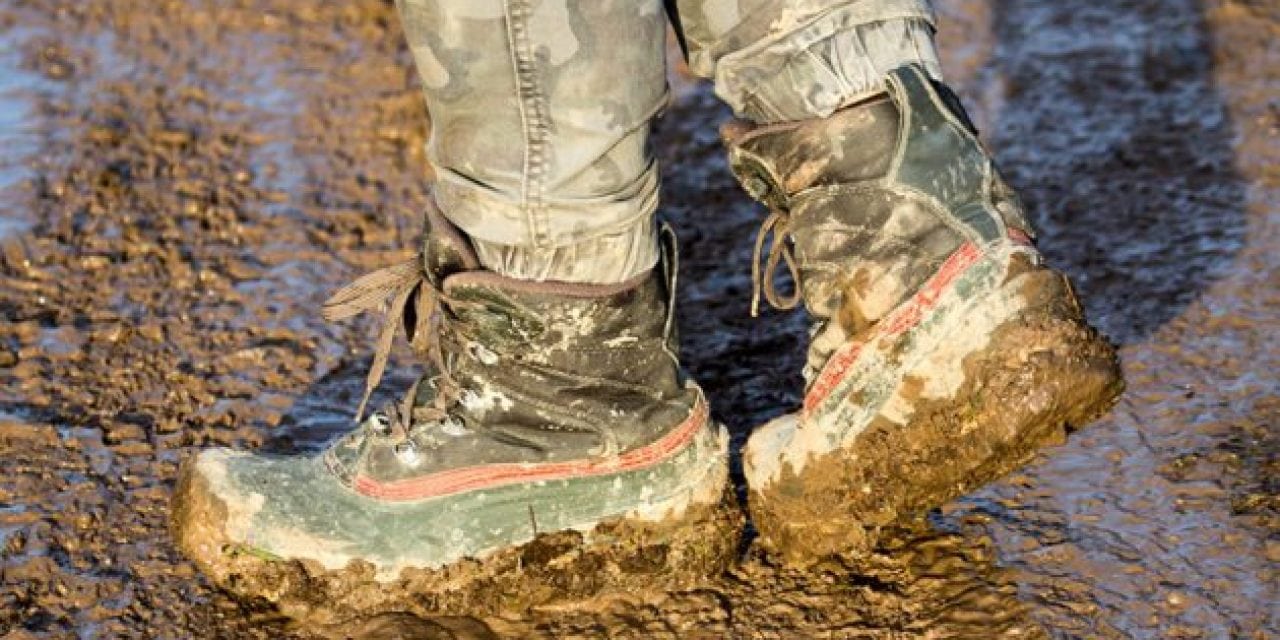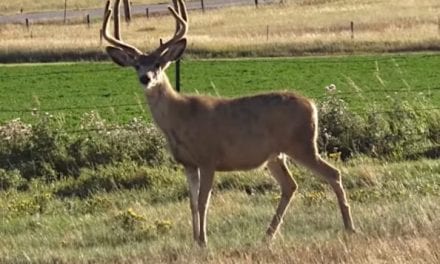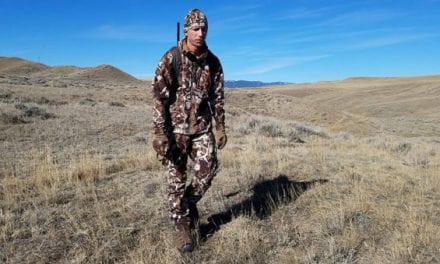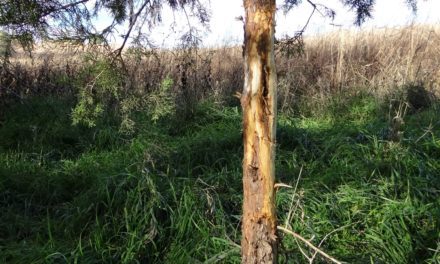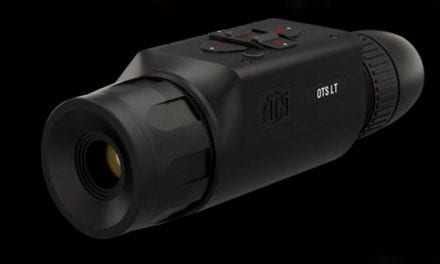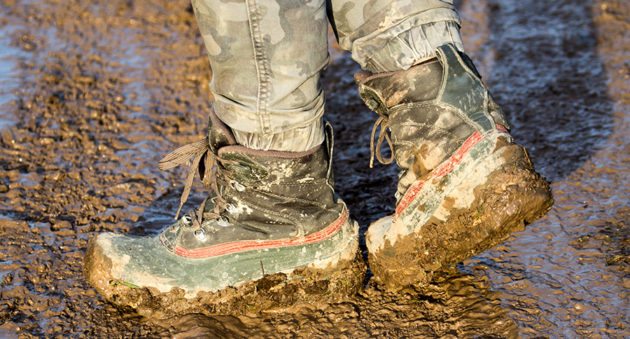
Buying the correct hunting boots is no easy task.
These helpful hints will help with that critical selection.
Here is everything you need to know about buying the right hunting boots.
1. Waterproof or not waterproof?
Many might say you should go with waterproof on all hunting boot selections. I say not so fast.
In hot weather, your feet will profusely sweat in waterproof boots. Once they get wet, the water and perspiration will be trapped against your feet with no way out. That’s just nasty, right?
There is a reason why self draining jungle boots are used by the military in hot and humid conditions. In colder conditions where puddles, creek crossings, and swamps are encountered, waterproof boots are a must have item.
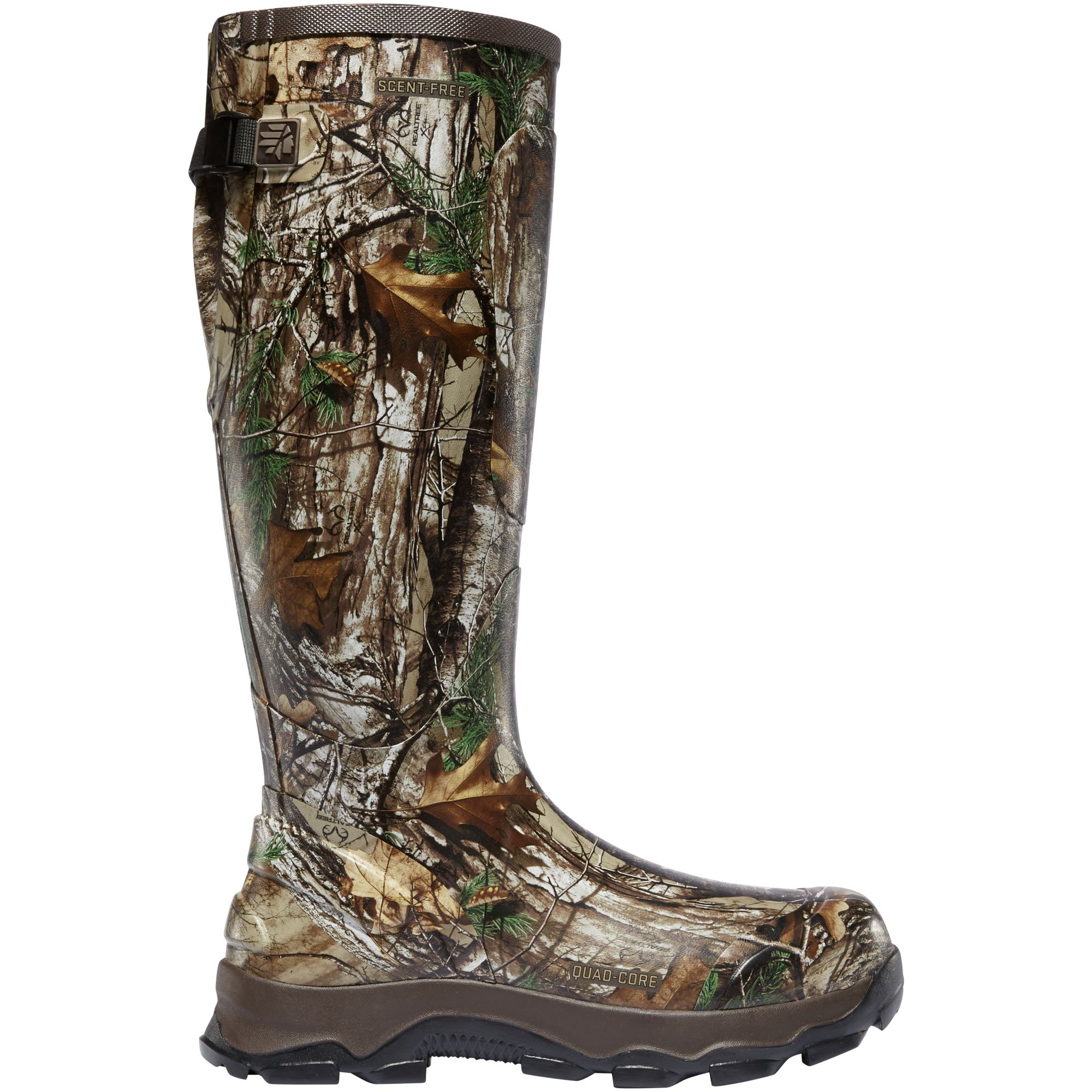
2. Too insulate or not to insulate?
That is a very good question. Early seasons require no insulation in many parts of the country. If you get too warm you will not be thinking much about hunting.
When colder weather comes or you are in and out of cold water, insulation is very helpful. This is especially true if you are sitting immobile in a treestand for hours. Insulation will keep those little toes from becoming icicles.
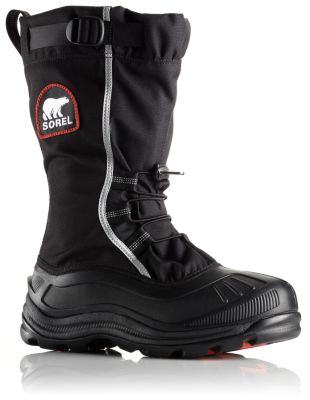
3. Rubber, neoprene, or leather?
Where will you be hunting? If you are climbing up ridges and higher ground, leather boots give great support, traction, and lightweight qualities. Rubber boots are better for swampy, wet, lowland areas.
Neoprene has been climbing fast in the hunting boots industry, but can’t be patched as easily as rubber boots can. Rubber boots and Shoe Goo go together like guns and bullets. Figure leather boots for upland and rubber boots for lowland.
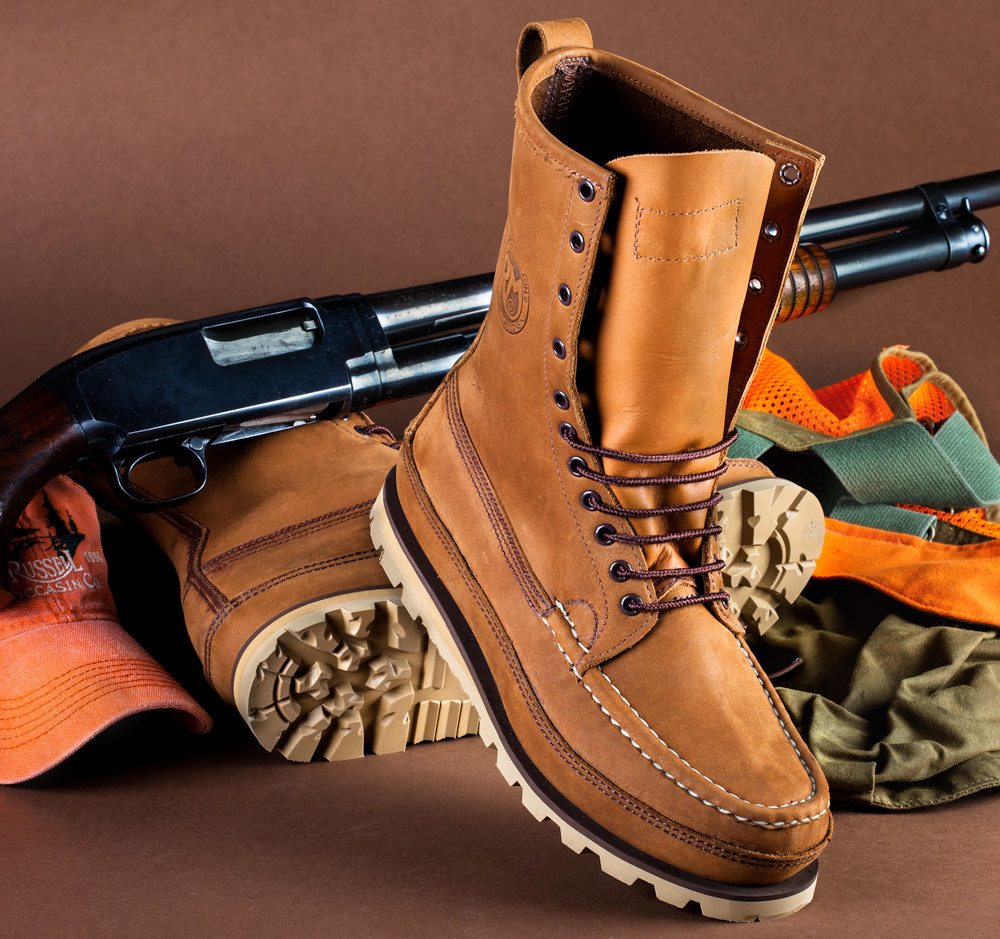
4. Sole grip pattern
Aggressive soles are great for traction in mud and other slippery conditions. They do hold mud as a result, and increase the weight of your footwear drastically without regular clean outs.
Personal preference goes a long way on this one. I have yet to find a perfect sole pattern for all conditions.
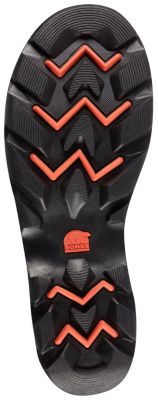
5. How tall should your boots be?
In snake country, they should be as tall as possible. In swampy areas, the same applies to keep your feet dry.
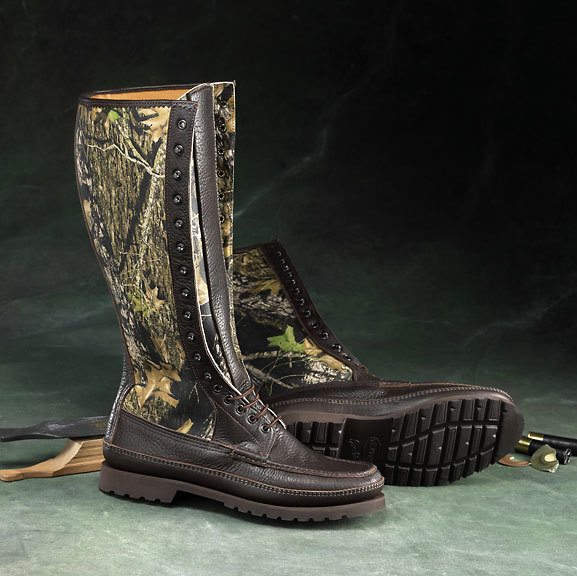
If you’re climbing in higher elevations, go with lower height boots with good ankle support. The lesser weight will be appreciated. I tuck my pants into higher boots to save the bottom hem.
Do you like articles about the outdoors? Click here to view more articles by Eric Nestor. You can follow him @ericthewoodsman on Twitter, The Classic Woodsman on Facebook, and @theclassicwoodsman on Instagram. You can view more Nestor Photography photos at Nestor Photography.
NEXT: ARCHERY REVIEW: HICKORY CREEK MINI IN-LINE VERTICAL BOW
WATCH
The post Everything You Need to Know About Buying the Right Hunting Boots appeared first on Wide Open Spaces.

